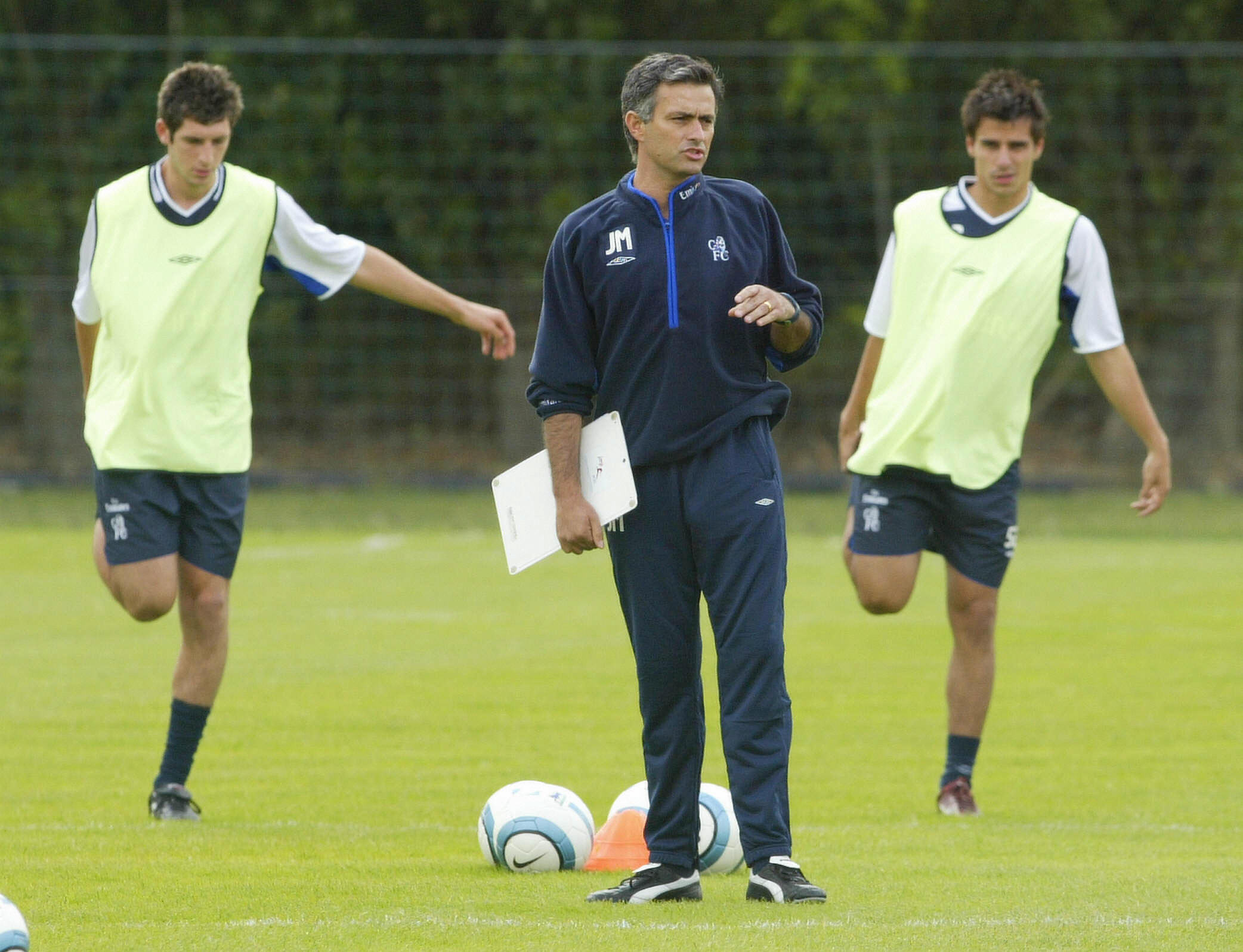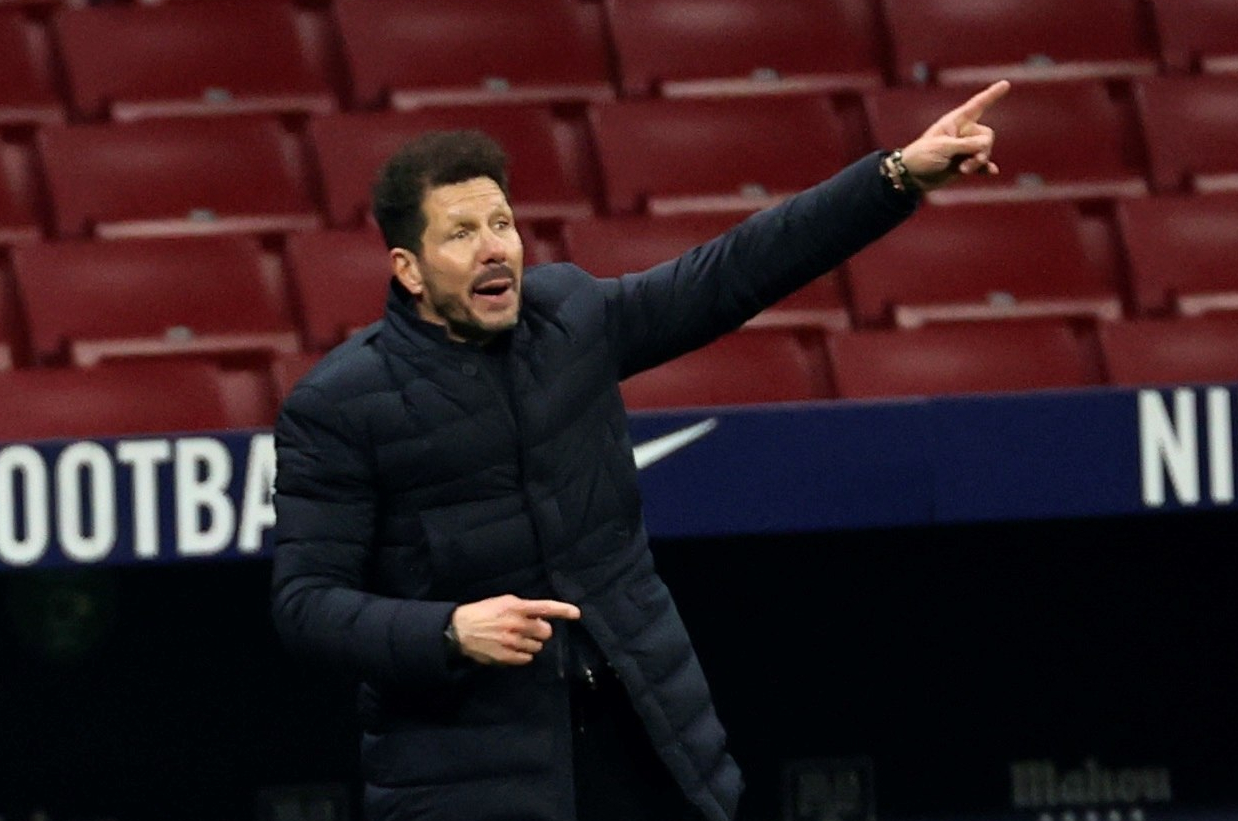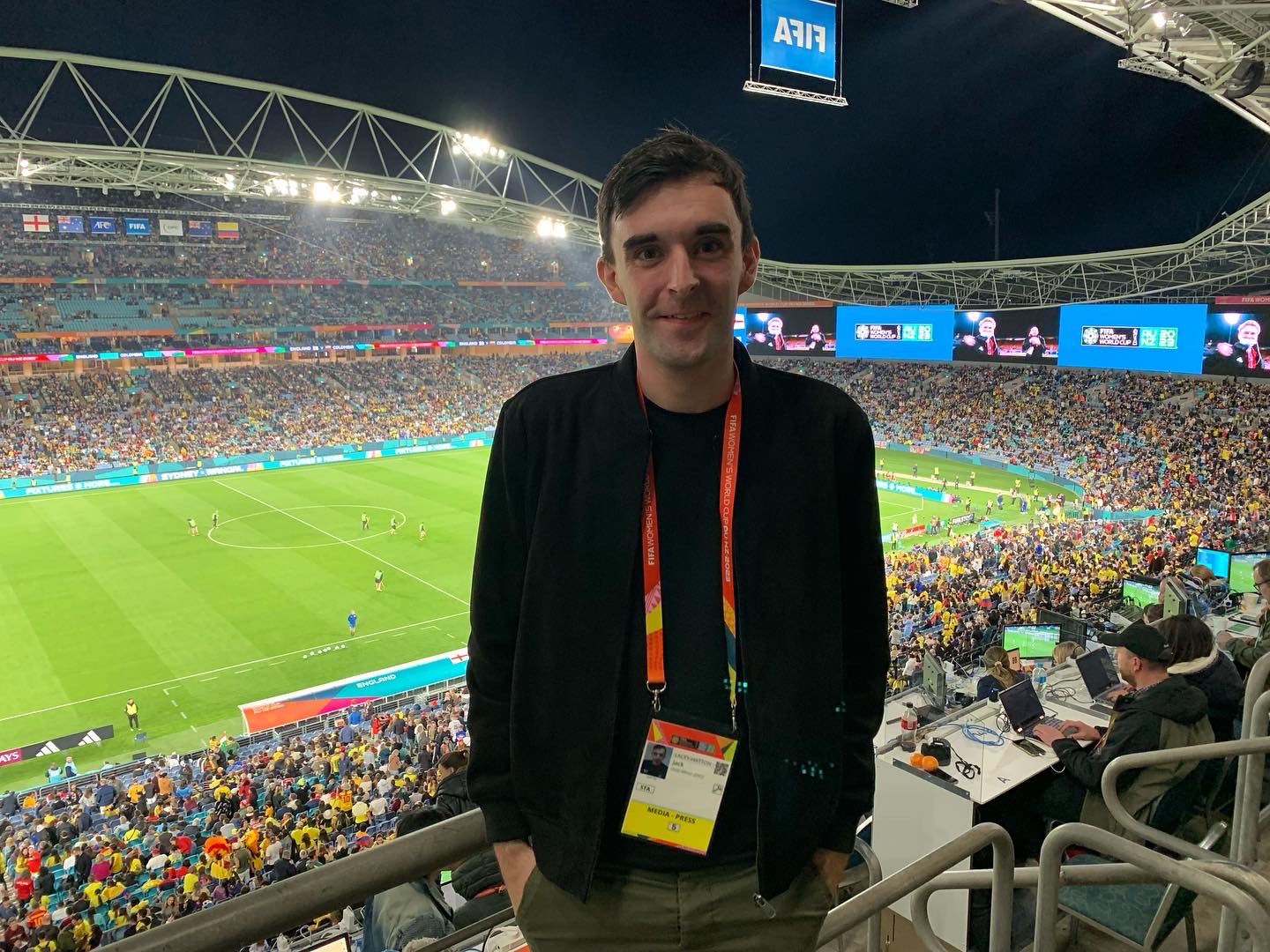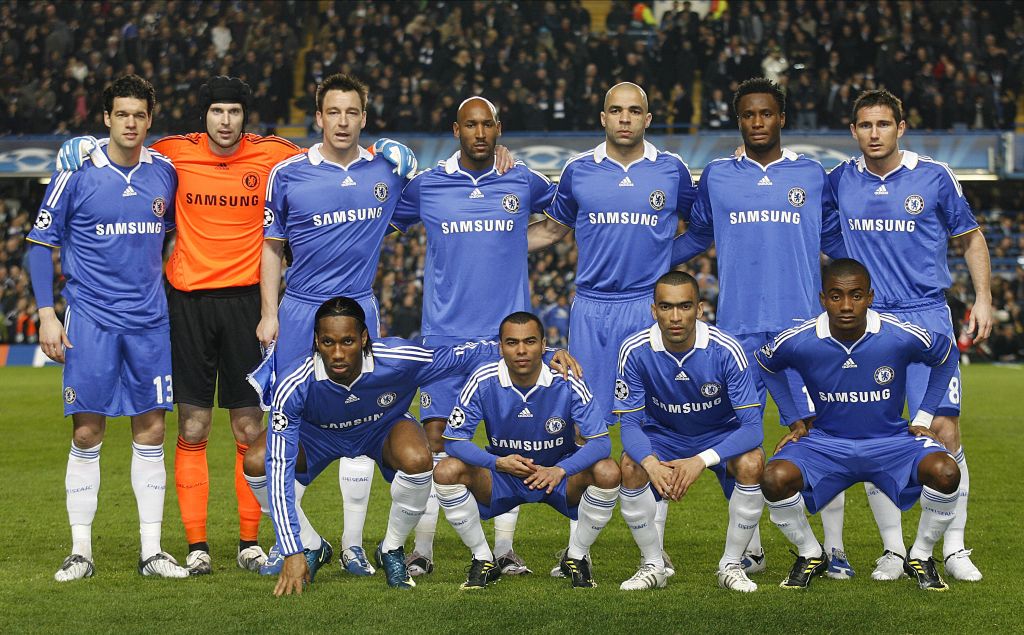Attacking and defensive transitions: football tactics explained
Here's your tactical explainer on why transitions sound simple – but why they're so critical for many of the best managers in the world
Transitions, eh? Well, we’re constantly told how football matches are defined by fine margins. The ball hits the post and goes one way, you’re a winner, the other way, a loser.
But these minor differences aren’t just limited to penalty kicks, or the sitter your centre-back scuffed at the back post in the 89th minute. More often than you might realise, one point can become three thanks to a well-worked transition. It’s not an exact science, but plenty of matches at every level of the game are decided on transitions and which team can execute them most effectively.
But why are they so important to coaches and how do teams that become masters in transitions, from the Champions League to Sunday League, win so often? Time for FourFourTwo's experts to explain, with another lesson on a football term for your lexicon.

I'm Jack, I've watched football through a tactical lens for over a decade, analysing trends not only at the top of the game, but also how strategies and approaches can be used at amateur level.
I’m also an FA-level 2 qualified coach and have written extensively on tactical analysis for various publications. A lot of my spare time is spent training, playing the game, or settling down to perfect a tactical approach on Football Manager.
What are transitions?
Transitions in football are relatively simple. On a basic level, the term refers to a change in possession, from one team to another.
Naturally an attacking transition involves a team regaining the ball and progressing forward with it. A defensive transition, meanwhile, refers to a team losing the ball and how they react to regain it.
In the clip above, the yellow team advance quickly in an attacking transition – before losing the ball and backtracking in a defensive transition.
These moments may only be fleeting, but they are absolutely crucial to the flow of a game. Teams who are excellent in transition will be able to react fast and regain their shape quickly, whether they have the ball or not.
Get FourFourTwo Newsletter
The best features, fun and footballing quizzes, straight to your inbox every week.
Completing an attacking transition at speed – otherwise known as a counter-attack – is vital when looking to exploit teams who struggle to get back into their defensive block. It is at this precise moment the opposition is at its most vulnerable, with open spaces between the lines that attackers can exploit.
The speed of this reaction is often what separates players from the very top of the game, to a steady career in the lower tiers.
Who effectively uses attacking transitions?

In some quarters, Jose Mourinho is often unfairly labelled as yesterday’s football manager. A serial winner but, to some, no longer a truly elite coach.
Yet it is easy to forget how Mourinho’s principles around attacking transitions have helped define the tactical evolution of the elite game for the last 20 years, ever since taking Porto to that sensational Champions League triumph in 2004.
Jose’s sides at Porto, Chelsea and Inter Milan during the 2000s had an emphasis on staying defensively compact and then recovering in their attacking shape quickly. Even today, it remains fundamental to the way the Portuguese coach sets up a team.
In the modern game, it's rare for a team to attack the opposition without what is referred to as a ‘rest defence’. From the German, restfeldsicherung meaning “spare field coverage” (half-space comes from German, too), the principle states that an attacking side should leave adequate cover, with most modern positional play sides favouring five players in a 3-2 shape: three central defenders and two no.6s to protect the space open to a counter.
Advancing up the pitch as quickly as possible – usually without resorting to aimless long balls to a target man – is the aim. It is a difficult balance to strike. But when the 'Special One' perfects his approach, his teams can be very difficult to stop on the counter.
Diego Simeone at Atletico Madrid is another prime example of the success coaches can have when prioritising the attacking transition. The Argentine’s team are able to overload the central areas of the pitch, yet still produce lighting quick attacking transitions, normally led by two mobile centre forwards. Having two strikers in the mould of Antoine Griezmann, Luis Suarez, Diego Costa or even Joao – who are effective at drifting out wide to exploit the channels – allows Atleti to sit narrow and deep without the ball, but still carry a huge threat on the break.
More and more in the modern game, teams are forgoing a horseshoe in their opponent's third – and instead look to bait a press with their own build-up, before breaking quickly up the other end of the pitch. Ruben Amorim's Sporting were masters of breaking like this, often playing box-to-box, retreating back to their own goalkeeper if they couldn't find an opening in the final third.
Who effectively uses defensive transitions?

Quite possibly, every great team in football history? You can go through all of the true masters with the ball in European club history – Ajax 1970-73, Milan 1987-91, Barcelona 2009-12 – and what is often forgotten is that they were just as good when they lost the ball, as when they had it.
If you can perfect the defensive transition – either through an aggressive high press or just regrouping well into a settled shape – you can significantly reduce your opponent's chances of playing through your defensive structure. Essentially, even the best teams will still concede goals, but if the only way to score against you is through a set play or a moment of individual brilliance, you’ll win more games than you lose throughout a long season.
Retreating teams will emphasise getting goal side and asserting numerical superiority behind the ball as quickly as possible. From there they can create a solid defensive structure that is harder for the opposition to play through. Thomas Tuchel, Rafael Benitez and Roy Hodgson are all masters of getting their teams to contain their rivals in this manner.
Alternatively, counter-pressing focuses on putting immediate pressure on the ball regardless of where on the pitch possession has been lost. Players will try and recover the ball, ideally in a dangerous area. Naturally, this requires a huge amount of energy and effort from every player to be deployed effectively.
Arrigo Sacchi’s dominant Milan were perhaps the ultimate masters. Whenever they lost possession, Sacchi expected his team to win the ball back high up the pitch, denying their opponents the time and space to regroup.
In the current game, Jurgen Klopp, Mauricio Pochettino and Marcelo Bisela’s tactical approach is defined by focusing on a counter-press in transition, while also forming a crucial pillar of Barcelona’s set-up even a decade after Pep Guardiola left the club.

Jack has worked as a sports reporter full-time since 2021. He previously worked as the Chief Women’s Football Writer at the Mirror, covering the England Women’s national team and the Women’s Super League. Jack has reported on a number of major sporting events in recent years including the 2023 FIFA Women’s World Cup on the ground in Australia. When not writing on football, he can often be spotted playing the game somewhere in west London.
- Mark WhiteContent Editor

